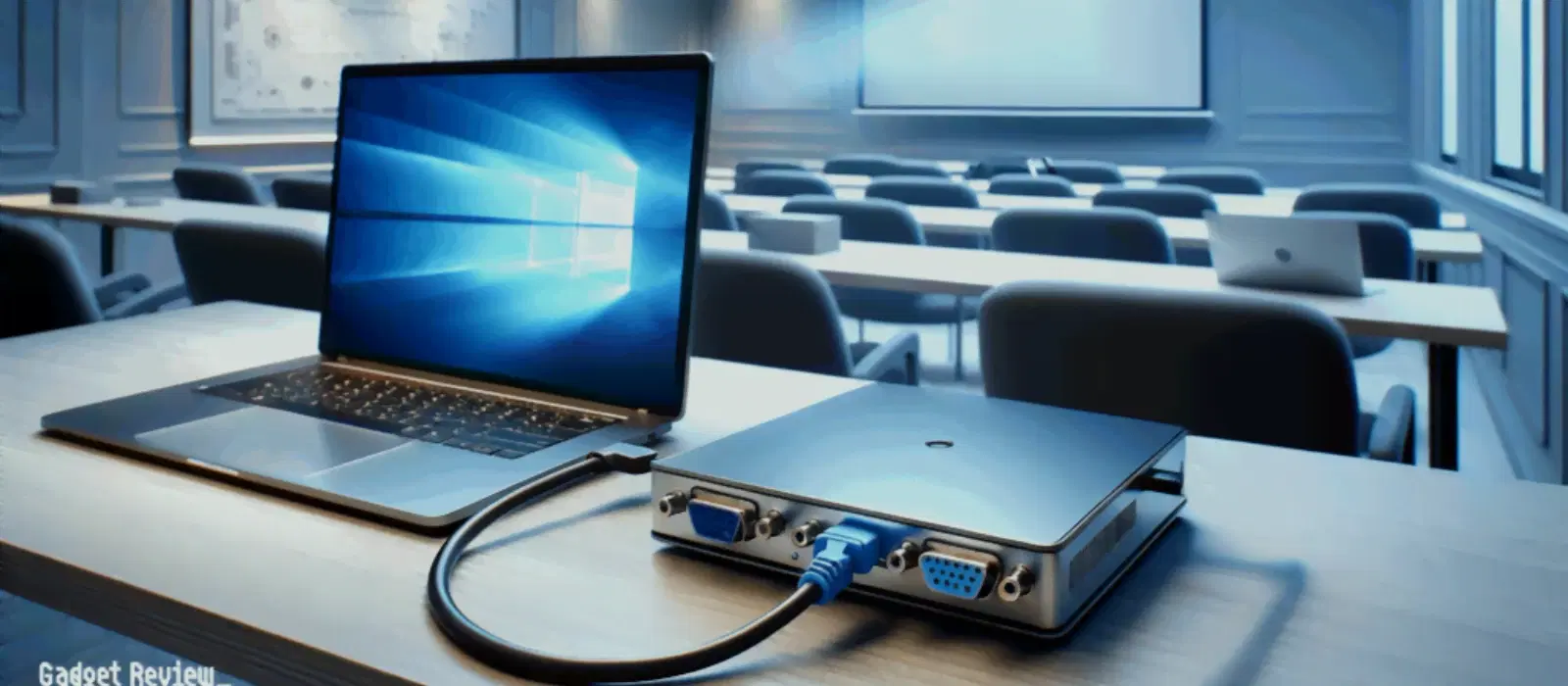
Consumer Electronics
•04 min read
Have you ever found yourself in a situation where you need to check your laptop's Windows version for a software installation or troubleshooting, but you aren’t quite sure where to begin? Whether you're a tech enthusiast, a busy professional, or someone looking for a simple guide, understanding how to check your Windows version in your laptop is essential for smooth operations and lasting performance. Shop smartly on Tata Neu and earn valuable NeuCoins with every purchase while ensuring your device is always up-to-date.
Knowing your Windows version is not just about being up-to-date; it’s fundamental for several reasons. If you’re installing new software, updating drivers, or troubleshooting security issues, knowing whether you are running Windows 10, 11, or an older version can make process decisions easier. This information is crucial especially for determining compatibility, ensuring that you receive the right updates, and getting the support your system needs.
Many users often wonder, “How do I check my operating system version?” or “Is it Windows 10 or Windows 11?” By understanding these details, you can make informed decisions even when exploring new features or preparing your system for new applications.
The most straightforward method to verify your Windows version is through the Settings menu. Simply follow these steps:
Open the Start menu and navigate to Settings.
Select System and then click on About.
Here, you will see the Windows edition, version, OS build, and the system type.
This approach provides a complete summary of your device specifications neatly in one place. Tata Neu’s Express Delivery for orders placed before 6pm and expert guidance makes managing your tech a breeze.
If you prefer using keyboard shortcuts, try this method:
Press Win + R to open the Run dialog.
Type winver and hit Enter.
A window will pop up showing the version and edition of your Windows operating system.
For those who enjoy a bit more control, the Command Prompt or PowerShell offers another reliable method. Open either application and type a command such as systeminfo to display detailed information about your system. This method is particularly useful for advanced users looking to check additional system details beyond just the Windows version.
Beyond the version number, it’s also critical to verify if your laptop is running a 32-bit or 64-bit version of Windows. This detail impacts the types of applications your system can run. You can find this information in the Device specifications section under Settings > System > About.
Identifying the specific Windows edition, such as Home, Pro, or Enterprise, is important for understanding the features available to you and for licensing concerns. This information is usually available in both the Settings menu and via the winver command. Keeping track of these details ensures that you are aligned with the necessary system requirements and support structures.
For Windows 10 users, the process is very user-friendly. By navigating to the Settings menu, you will notice a clean interface that displays all the essential details like version numbers and build information. Generally, if your version number is below 21H2, you are likely using Windows 10.
Windows 11 offers a modern interface with subtle differences from its predecessor. You can find the version information in a similar menu, but expect to see version numbers like 21H2 or later. It is a small adjustment in layout that still makes the information accessible and clear for users.
If you’re still operating on Windows 7 or Windows 8, you might find the interface a bit dated, yet the basics remain the same. It’s advisable to check these versions periodically and consider updates or upgrades to enhance security and compatibility. Note that some interface differences may exist in these older versions.
For a swift overview of your system’s details, employing simple keyboard shortcuts can save you time. Using Win + Pause/Break directly brings up the system properties window, where your Windows version is displayed at a glance. This method offers an immediate answer without the need to navigate through multiple menus.
For users who require deeper insights into system specifics, third-party tools can be very useful. These reliable tools provide comprehensive details such as hardware specifications and overall system health, which can assist in troubleshooting and optimizing your device’s performance.
Did You Know? Hidden Windows Version Details
Many users overlook the "System Information" tool. By simply typing
msinfo32into the Start menu, you can uncover not only your Windows version but also detailed hardware information like RAM, processor type, and BIOS version.
Open the Start menu, go to Settings > System > About, or type winver in the Run dialog.
Check the version number in Settings > System > About. Windows 11 typically starts with version 21H2 or later, whereas Windows 10 has earlier version numbers.
If the Start menu features a tile-based interface and the version details indicate an older format than Windows 11, you are likely using Windows 10.
Head to Settings > System > About and look for the 'System type' information under Device specifications.
Press Win + Pause/Break to open system properties and quickly view your Windows version.
In summary, keeping track of your laptop’s Windows version is essential for ensuring the best performance, compatibility, and effective troubleshooting. Whether you prefer the simplicity of the Settings menu or the convenience of keyboard shortcuts, each method offers a reliable way to verify crucial system details. Equipped with this checklist, you can now confidently check your operating system version and maintain your device's peak performance.
This guide aimed to provide clear, user-friendly steps to help you identify your Windows edition, understand its different features, and use these insights to enhance your overall computing experience. With these tips and tools, you are better prepared to manage your device, enjoy a seamless tech experience, and ultimately engage in smarter shopping and rewards through platforms like Tata Neu that recognize and value your trust.